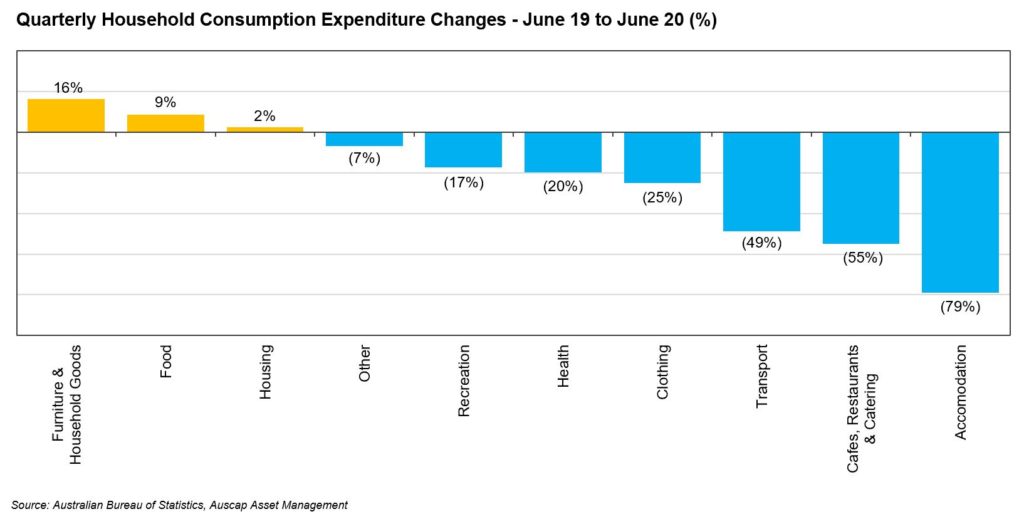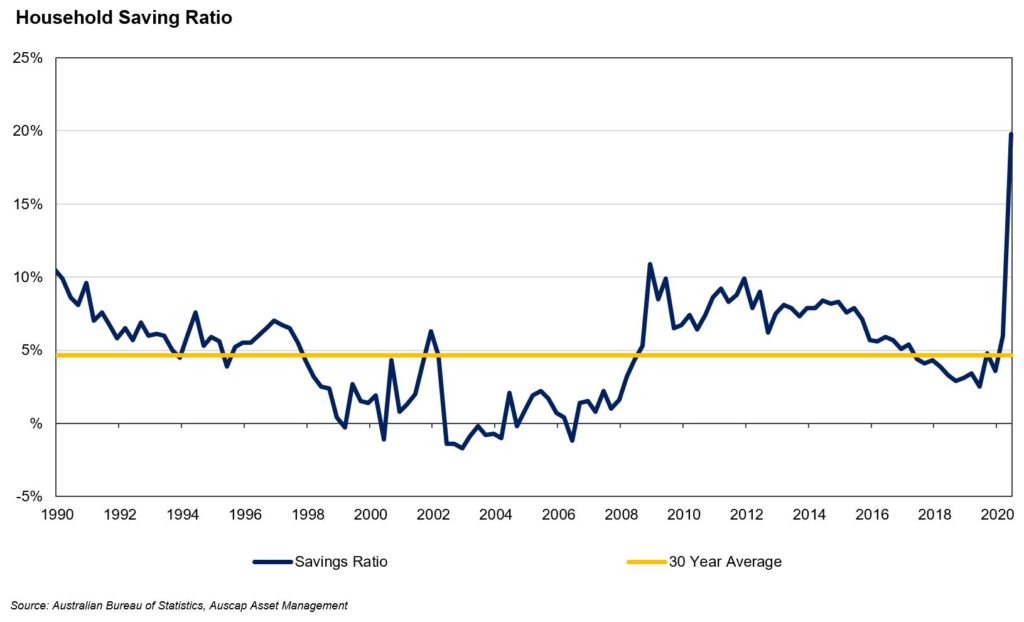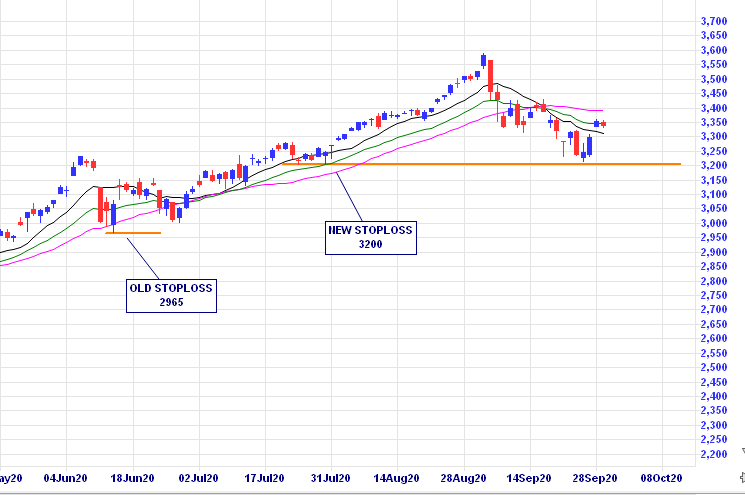Bizarro World

Back in the last century when I was a big fan of Superman, DC Comics released a specialty series called “Tales from the Bizarro World”. Bizarro World was a square planet inhabited by imperfect copies of earth dwellers and they do the opposite of all earthly things. Little did I know that I would be living in Bizarro World in 2020.
As of last month, every advanced economy and all emerging economies are in a recession. Unemployment rates have increased rapidly and, due to COVID-19, over a third of the world has been in lockdown. Yet, in the worlds largest economy, on the day the US fell into recession in February, the S&P 500 overcame the COVID crash and rose above where it began the year!
Some governments are going through heroic efforts to inject cash into these flailing economies with some unforeseen results.
In this Bizarro Universe, with empty CBD’s and flourishing suburban strips, Australian retailer Harvey Norman reports its sales for July to September were up 30.6% on the previous year.
“People can’t spend their money on other things anymore, so they are spending time upgrading their home,” he said. “And that’s happening right across the world.”
“There’s also been so much money thrown into these economies, and because they can’t spend it [elsewhere], we’re getting the advantage of that. We’re in a very fortunate position.”
Gerry Harvey, founder of Harvey Norman – from the Sydney Morning Herald
It is not only furniture, but food expenditure has also increased in the 12 months to June 2020. Naturally, there has been reduced spending in lockdown crushed areas like health, transport, restaurants and accommodation.

It is probably due to fear about the future, but these troubled times have also modified the savings behaviour of Australians. In June 2020, credit card debt has been reduced by 20% (still $22.4bn though!). Savings as a percentage of income have increased from the paltry long term average of 5% to 20%.

But there is also evidence of increased spending. Australians were recently given the chance to access up to $20000 of their retirement savings. In an illion survey of 10000 people, almost two-thirds (64%) of this additional spending was on discretionary items such as clothing, furniture, restaurants and alcohol.
In July 2020, the 2nd tranche of government stimulus and early access super caused big changes in household weekly expenditure. Although the actual dollar amounts were not reported, looking at bank data from 250 000 Australian consumers, the biggest spending changes were found in the allocation to Online Gambling (+95%) and Food Delivery (+342%)!
“Financial comfort levels are up for now, but many households
ME Bank Household financial comfort report 2020
are on the cliff’s edge. They’ve lost income, their jobs and entire
livelihoods, … and government support is the main action stopping them from falling over.”
Slack Investor feels that things are precarious in Bizarro World – government spending is just holding things together. As of July 2020, according to the AFR, the Australian government has spent 10.6% of GDP on COVID-19 stimulus (+1.6% Loans). In the UK it is 3.1% (+15.7% Loans) and the US 6.9% (+4.2% Loans). This spending will not go on for ever and the Bizarro World party may end badly for households that, through the lottery of occupation, are stressed.
September 2020 – End of Month Update
Slack Investor remains IN for Australian index shares, the US Index S&P 500 and the FTSE 100. All Slack Investor followed overseas markets this month slumped (ASX 200 -4.0%; FTSE 100 -1.6%; S&P 500 -3.9%).
I am very nervous about the US market with its high valuations, forthcoming election and, what pushed me over the edge, was the beautifully described “S*%tshow” of a debate. Slack Investor has had to act and adjust his Stop loss for the S&P 500.
When pushing up stop loss levels, it is always about finding a sensible place to leave the level at a “higher low”. I couldn’t really find one on the monthly or weekly chart. The Daily chart below revealed a higher low of 3200 in July 2020 that wasn’t breached in late September. So this is my new stop loss.

In the real world, the US economy entered a recession in February 2020 and Slack Investor has his stop losses live for all Index funds.
All Index pages and charts have been updated to reflect the monthly changes – (ASX Index, UK Index, US Index). The quarterly updates to the Slack Portfolio have also been attended to.

